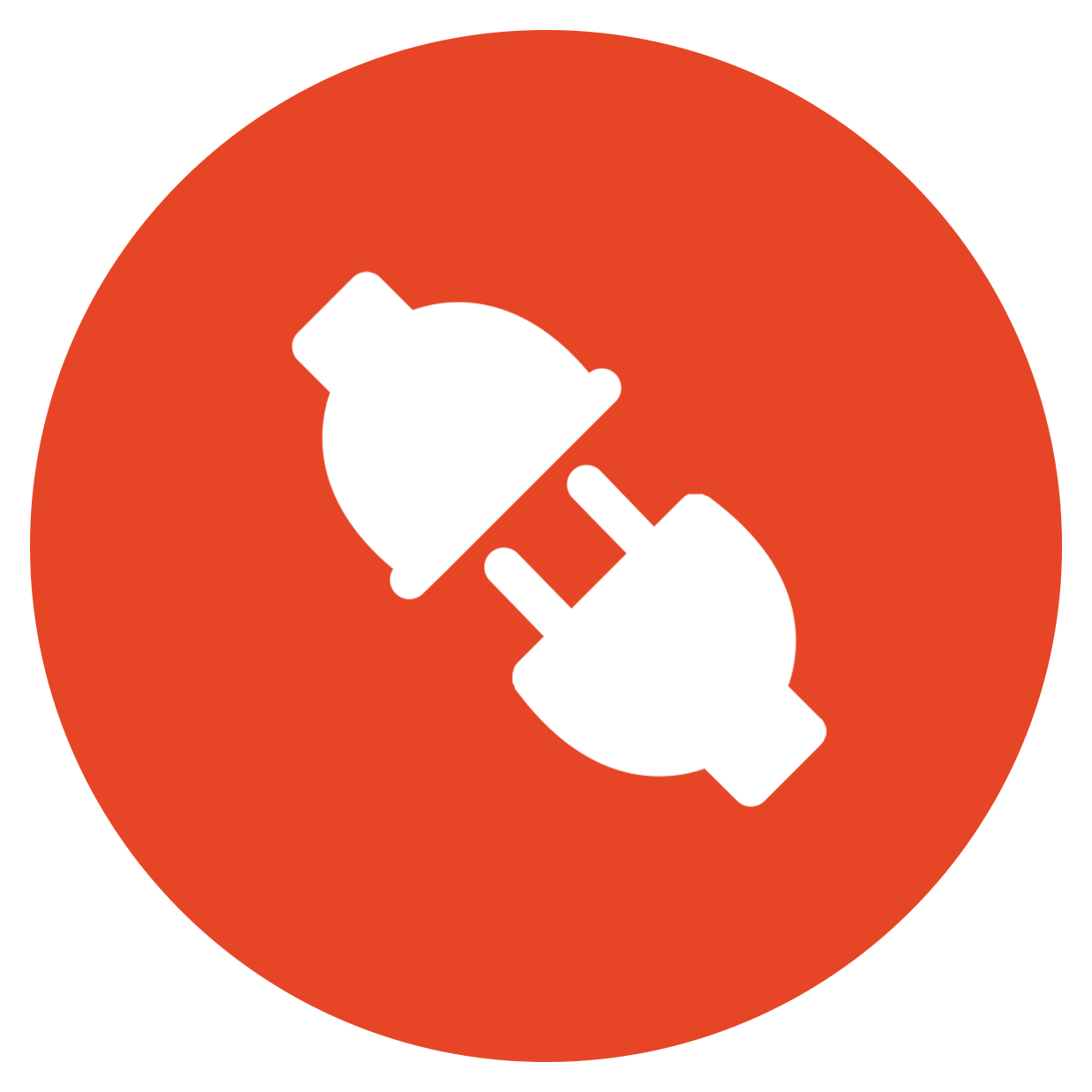Mystery Shoppers vs. Transactional Surveys: Assessing Customer Feedback
Table of Contents
Key Takeaways:
- Choosing between mystery shopping and transactional surveys as a customer feedback methodology involves such considerations as your objectives, your customer base, and available resources.
- Mystery shopping provides valuable insights into performance gaps, helping increase service quality by improving task performance; transactional surveys offer broader quantitative data and provide feedback from a larger customer base.
- Data-driven techniques like customer journey mapping and key driver analysis can be used to leverage feedback from mystery shops and transactional surveys to drive business growth.
Introduction
Mystery shopping provides a nuanced evaluation of the customer experience by observing and reporting in detail on specific aspects of service, while transactional surveys provide quantitative data that can be analyzed and compared over time.
Properly designed and applied, these two methods of assessment can complement each other to deliver a holistic depiction of the customer experience.
Identifying the Appropriate Feedback Method for Your Businesses
Identifying the most appropriate customer feedback method for your business requires considering various factors that align with your goals, customer base, and resources. Here are some steps to help you determine the best feedback method:
1. Set Clear Objectives
2. Know Your Target Audience
3. Assess Available Resources
4. Consider Feedback Timeliness
5. Monitor and Adapt
Continuously monitor the effectiveness of your feedback method and adapt as needed. Be open to trying different methods or combining multiple approaches to gather comprehensive insights.
Collecting and operationalizing customer feedback is an ongoing process. The most appropriate method may change as your business and customer needs change. Regularly evaluate your feedback strategy to ensure it remains effective and aligned with your goals.
Exploring the Effectiveness of Customer Surveys and Mystery Shopping
Assessing the effectiveness of a customer survey or mystery shopping program involves evaluating each’s ability to gather meaningful insights, provide actionable recommendations, and drive positive changes in customer experience and business outcomes. Key factors to consider include:
Clear Objectives
Design and Methodology
Sample Selection
Response Rate
Actionable Insights
Internal Stakeholder Engagement
Follow-up and Tracking
Comparison and Benchmarking
Return on Investment
Assess the ROI of your feedback programs by calculating the cost versus the value derived from insights and improvements generated. Are these tools effective in generating tangible benefits for you?


Distinct Functions of Mystery Shopping and Transactional Surveys
Mystery Shopping: Ensuring Task Performance
Here are a few ways mystery shopping can help enhance task performance:
Identifying Areas for Improvement
Performance Benchmarking
Motivating Employees
Training and Development
Enhancing Customer Service
Mystery shopping focuses on the customer experience, allowing organizations to identify customer pain points, dissatisfaction triggers, or areas where service can be improved. By addressing these issues, organizations can enhance their customer service and create a more positive experience for customers, leading to increased customer satisfaction and loyalty.
Transactional Surveys: Assessing Customer Perception
Transactional surveys are designed to capture customer perceptions of their experiences during a specific interaction. These surveys are typically conducted immediately after the transaction to ensure the experience is fresh in the customer’s mind. Here are some common methods used to capture customer perceptions in transactional surveys:
Rating Scales
Multiple Choice Questions
Open-ended Questions
Likert Scales
Net Promoter Score (NPS)
Follow-up Questions
Transactional surveys may include follow-up questions to dive deeper into specific areas. For example, if a customer rates their satisfaction low, a follow-up question could ask for the reasons behind their dissatisfaction or suggestions for improvement.
Complementary Roles of Transactional Surveys and Mystery Shopping
The Synergy Between Mystery Shopping and Transactional Surveys
Mystery shopping and transactional surveys are both valuable tools used to gather feedback and improve customer experiences. While they have different approaches, they can complement each other in several ways:
Comprehensive Feedback
Objective vs. Subjective Feedback
Quantitative and Qualitative Data
Identifying Systemic Issues
Mystery shopping can help uncover operational or systemic issues that might impact multiple customers and locations. Transactional surveys complement this by capturing individual experiences and perceptions of customers, highlighting areas for improvement.


Making an Informed Choice with Confidence
The Flexibility of Employing Both Methods
Using both mystery shopping and transactional surveys offers flexibility in measuring the customer experience by providing complementary perspectives and capturing different aspects of the customer journey.
Mystery shopping provides in-depth qualitative insights and real-time observations, while transactional surveys offer broader quantitative data and enable feedback from a larger customer base. The combination allows organizations to identify patterns, prioritize improvement areas, and take targeted actions to enhance the overall customer experience.
Leveraging Data-Driven Techniques for Business Growth
Customer Segmentation
Customer Journey Mapping
Sentiment Analysis
Key Driver Analysis
Predictive Analytics
Benchmarking
Actionable Insights and Recommendations
Generate actionable insights from the data analysis and provide recommendations for improving business processes, product/service offerings, and customer experience.
Conclusion
Mystery shops and transactional surveys are both valuable tools for businesses to gather feedback and improve customer experiences.
Mystery shops provide firsthand observations, allowing businesses to assess such aspects as employee performance and overall service quality. Their detailed reports offer qualitative insights, highlighting specific areas for improvement.
Transactional surveys capture quantitative data, focusing on customers’ immediate experiences and satisfaction levels. By combining the strengths of both approaches, businesses can gain a comprehensive understanding of their strengths and weaknesses. The information obtained from mystery shops can inform the design of transactional surveys, ensuring that they target key areas of concern. Conversely, transactional surveys can provide broader feedback and help validate the findings of mystery shoppers.
Utilizing both methodologies, businesses can obtain a holistic view of their operations, identify actionable opportunities for improvement, and enhance customer satisfaction.
If you’re ready to build the best strategy for tackling your biggest challenges, reach out to one of our experience and analytics experts today!
Have More Questions? Reach Out to Our Team Of Experts
Net Promoter®, NPS®, NPS Prism®, and the NPS-related emoticons are registered trademarks of Bain & Company, Inc., Satmetrix Systems, Inc., and Fred Reichheld.















